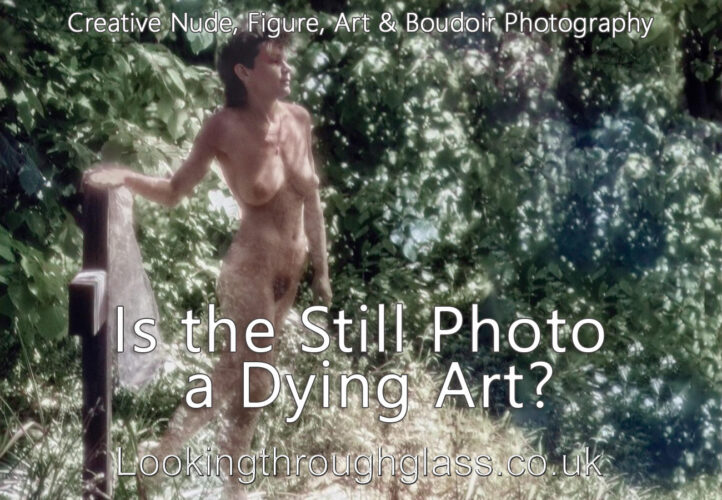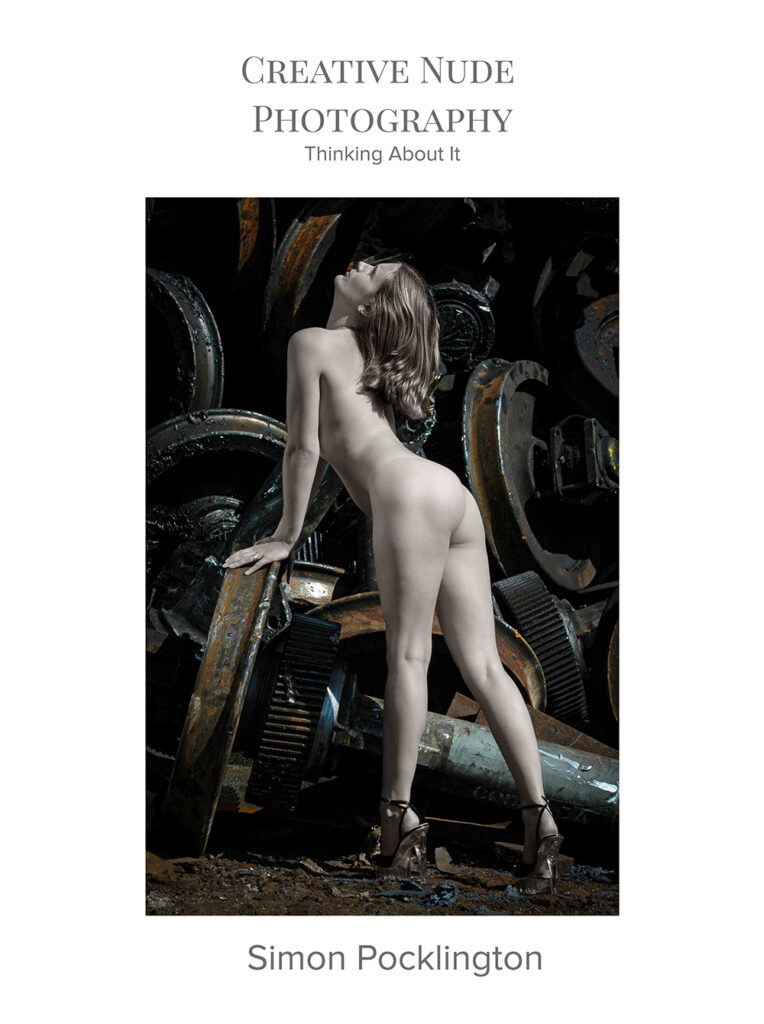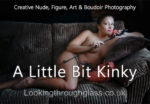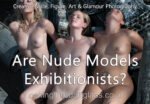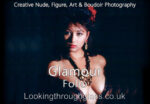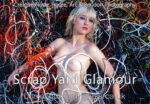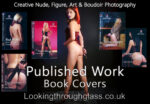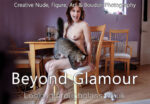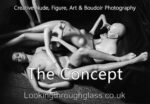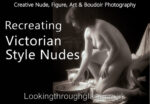Looking at the future of photography is the still photograph nearing the end of its life?
Is it something the generation growing up today will look on as an historical archive? The still image is already becoming viewed in the same way as we now look at black and white photographs from the last century; with the preconception that they were taken in that medium because colour was not available or, in the latter half of the century, because black and white was cheaper, easier to use and more readily available to a mass market.
Photographs are created broadly for three reasons. To record an event or place significant to the creator of the image. For example, family life, friends, holidays. The majority of the 1.2 trillion photographs taken every year are in this category. Secondly, for commercial reasons, to help sell or promote a product or simply for sale as a printed or digital image. Lastly as an artistic creation where the creator is attempting to convey a message, mood or stimulate the viewers imagination. There will always be some overlap between these categories. What constitutes art is always subjective. If an image is for sale is it artistic or commercial? Read But Is It Art? and Nude Art or Erotic Art?
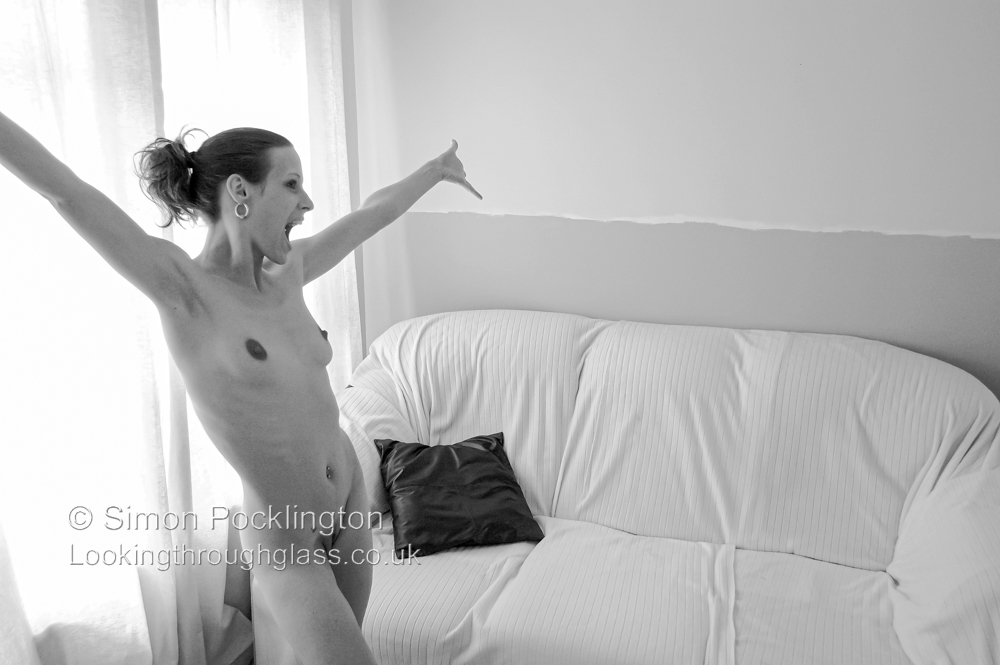
The democratization of the creating of photographs began with the Box Brownie and its ability to produce relatively cheap black and white pictures. In the 1960s the Instamatic did the same for colour and cheap imports of more sophisticated cameras in the 1970s meant that many attics are now packed with forgotten archives of Kodachrome slides. Image creation was easy, but the production of the final print required a darkroom or third-party processor. The publication of images remained inaccessible to most.
The main reason for the development and predominant use of the still image was that it could be printed on paper. It could be held in the hand. Photographs recording significant events in a family’s life could be mounted in albums or stored in shoe boxes to be discovered years later by future generations.
Commercial images were, and still are, used in print books and magazines. Any image can be framed and hung on the wall. Now we have digital albums of pictures on our phones, digital magazines which, whilst containing photographs also have links to videos and digital picture frames that display streamed images. How long before these and other digital media become almost exclusively video?
What happens when the power goes off?
From the invention of photography images of the nude, erotica and porn where produced for titillation or arousal, rather than artistic intentions. For the above I am using the following definitions from Nude Art or Erotic Art.
Nude: an image where the artists intention is to show the beauty, shape and/or character of the human form.
Erotica: Contains elements of the former but its primary intention is to arouse the viewer. The viewer must, to some extent, have to engage their imagination.
Pornography: the sole intention is to arouse. There is little or no artistic content, nothing is left to the imagination.
Each definition is again subjective so there is some overlap between them, but the latter is produced almost exclusively with a commercial motive.
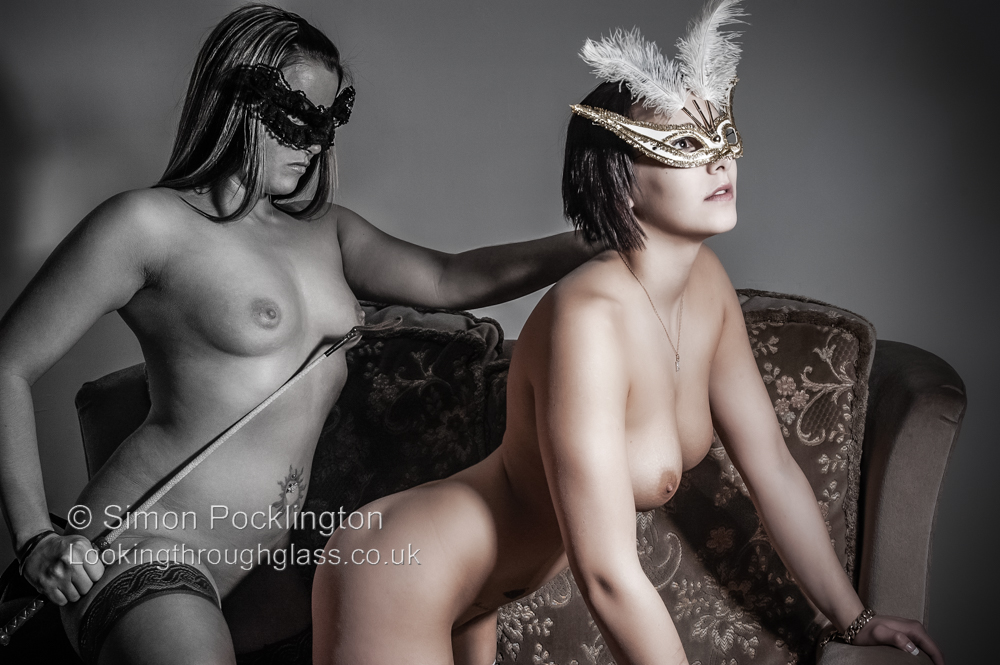
Read more in But is it Fine Art? and The Nude in Photography
The world of erotica or porn depending on your definition, is a leader in viewing trends. For mass distribution of these images in magazines colour became the norm as soon as colour printing became cheaply available. Film and later video began to appear and became more explicit as censorship laws were relaxed but needed bulky and technically complex devices to view them.
Part of the attraction or modus operandi of porn and/or erotica is that it can be viewed in private, so moving pictures were not an easily accessible medium. Even with the popularization of the internet computers were still slow, large and generally had to be viewed in fixed locations. With the invention of the laptop, the tablet and smart phone suddenly moving images became as almost as portable and easily viewable as still paper ones. The porn industry was quick to catch on. The only downside for the new internet publishers was that, as the technology became cheaper and easier to use, anyone could create and publish website content.
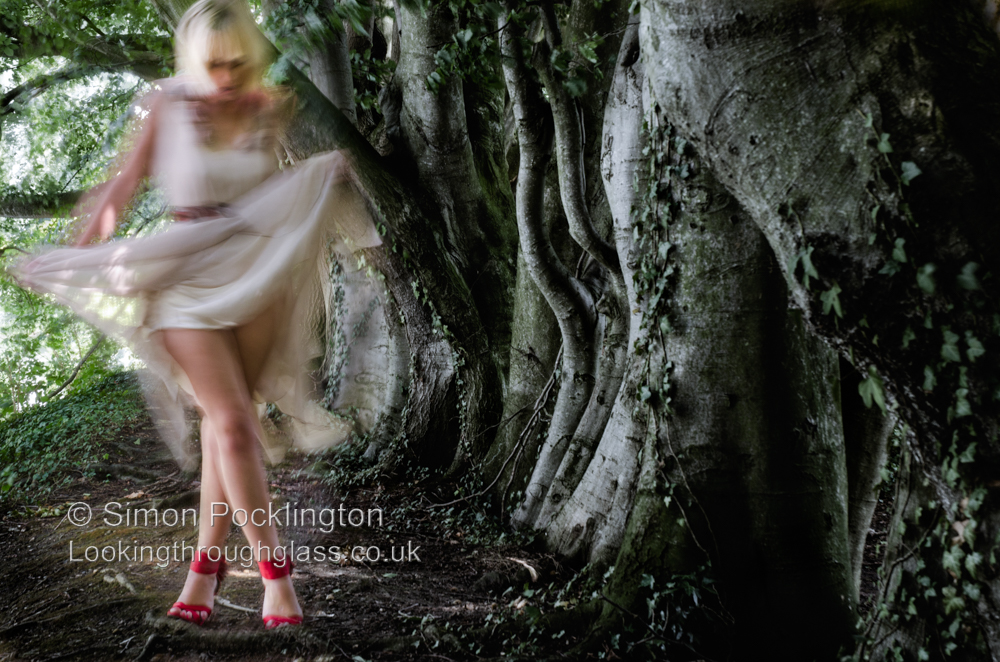
The invention of digital cameras coupled with the expansion of the internet means that not only the creation of still and now moving images but also their publication has been democratized. There is no third-party processing and printing photographs who might be shocked by what they see; no publisher wary of censorship laws or at least what society may or may not consider acceptable. Image production and publication is now virtually instantaneous and can be done with little or no thought. Algorithms are our censors and the only safeguard is that there are now so many images flooding into our lives that many remain un-viewed.
Around 2005 the market for paper magazines especially both erotic and soft-core magazines shrank and almost died (Allen, J. 2016). The power over which images we see is now with online publishers. This particularly relates to the continual battle between what is considered erotic and what is considered pornographic.
I have suggested that true erotica should be technically competent, have some thought in its production and, even if it displays as much as pornography, have a subtext that leaves part of the story to the viewers imagination. In a world where virtually anything goes the online publishers of mediocre, bland porn have hijacked and drowned anything that resembles the erotic. Searches for ‘artistic nudes’, ‘fine art nudes’ or any other terms that contain anything remotely connected with nudity, the erotic or fetish result in floods of images from sites that shout that they are hardcore and pornographic. The erotic art of previous generations is being swept away by this flood.
This also applies to photography in general. With no editors between the viewer and the billions of creators the mundane swamps our screens.
It is possible that the only saviour of photography as an art form will be the mass conversion to video. There will always be a differentiation between images created for arts sake, those where the creator has thought about the medium used so has chosen to use black and white or a still image over a moving one as part of the image’s language. Photography as a medium will always exist but will the general mass of still images decrease?
The Tate Art Term – Photography
Creative Nude Photography shows you how to go beyond the norms of conventional glamour. The book contains sections on the concept, but is it art plus practical advice on finding models and camera techniques. The final section shows examples of creative nude projects
Want a hard copy to read? Printed edition available here
Simon Pocklington is a photography tutor. He has a wealth of experience as a professional photographer.
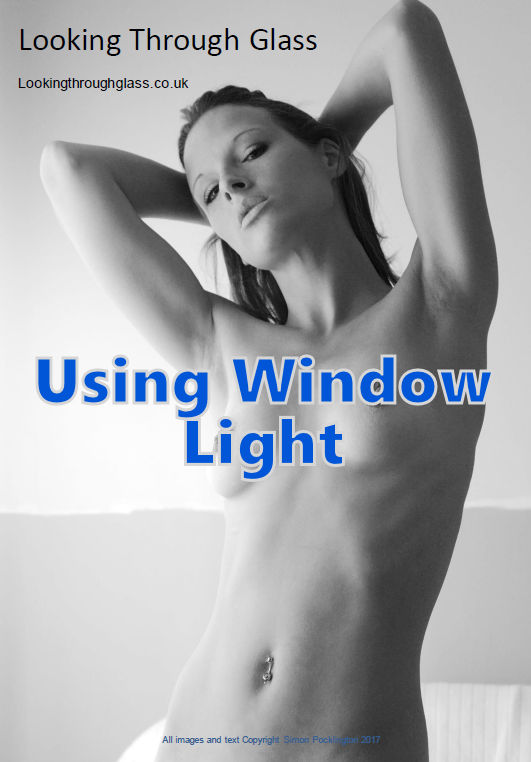
Latest Updates, Free Stuff & Discounts
Subscribe to my Newsletter and receive a free copy of Using Window Light to Photograph Nudes plus exclusive updates, free critiques and a discount on prints and books.

